- Home
- /
- AntiAge
- /
- Geroprotectors: The Secrets to...
- /
- Geroprotectors: The Secrets to...
Geroprotectors, also known as anti-aging compounds or longevity enhancers, have garnered significant attention in recent years due to their potential to promote healthy aging. These compounds hold promise in extending the human lifespan and improving overall well-being. In this comprehensive article, we will delve into the mechanisms of geroprotectors, explore their presence in various sources, and examine the specific functions of several prominent geroprotectors, including hydroxytyrosol, genistein, glucosamine, catechins, quercetin, caffeic acid, creatine, curcumin, myricetin, naringenin, nicotinamide, oleanolic acid, pinitol, proanthocyanidins, proline, rosemary acid, serine, silymarin, theanine, urolithin A, ursolic acid, physitin, fucoxanthin, fumaric acid, chicoric acid, and oxalic acetic acid.
Theories of geroprotectors and aging
Understanding the theories of aging is crucial in the development and application of geroprotectors. Several theories have been proposed to explain the complex process of aging, including the oxidative stress theory, inflammation theory, mitochondrial dysfunction theory, and telomere shortening theory.
1. The Oxidative stress theory
The oxidative stress theory suggests that accumulated oxidative damage to cells and tissues over time contributes to aging. Geroprotectors with antioxidant properties, such as hydroxytyrosol, quercetin, and curcumin, aim to counteract oxidative stress and protect against age-related damage.
2. The inflammation theory
The inflammation theory suggests that chronic inflammation plays a significant role in aging and age-related diseases. Geroprotectors with anti-inflammatory properties, such as catechins, silymarin, and rosmarinic acid, aim to mitigate chronic inflammation and promote healthy aging.
3. The mitochondrial dysfunction theory
The mitochondrial dysfunction theory suggests that age-related decline in mitochondrial function contributes to aging. Geroprotectors like urolithin A and fucoxanthin target mitochondrial health and promote cellular energy metabolism.
4. The telomere shortening theory
The telomere shortening theory proposes that the progressive shortening of telomeres, the protective caps at the end of chromosomes, leads to cellular senescence and aging. Geroprotectors such as physetin and ursolic acid may modulate cellular senescence and delay age-related decline.
These theories provide valuable insights into the mechanisms of aging and guide the development of geroprotectors that target specific aspects of the aging process.
What categories of geroprotectors exist?
Geroprotectors can be categorized based on their mechanisms of action and the biological processes they target. While geroprotectors are diverse in nature, they can be broadly classified into the following categories:
1. Antioxidants
Antioxidant geroprotectors combat oxidative stress by neutralizing reactive oxygen species (ROS) and protecting cells from damage. Examples of antioxidant geroprotectors include hydroxytyrosol, quercetin, curcumin, and resveratrol. These compounds scavenge free radicals, reduce oxidative damage, and promote cellular health.
2. Anti-inflammatory Agents
Inflammation plays a crucial role in aging and age-related diseases. Anti-inflammatory geroprotectors aim to reduce chronic inflammation and its detrimental effects. Compounds like catechins, silymarin, rosmarinic acid, and omega-3 fatty acids possess anti-inflammatory properties and help maintain a balanced inflammatory response.
3. Metabolic Modulators
Geroprotectors that target metabolic processes can help regulate energy metabolism, glucose homeostasis, and lipid metabolism. Glucosamine, nicotinamide, and physetin are examples of geroprotectors that modulate metabolic pathways and contribute to healthy aging.
4. Hormonal Modulators
Hormones play a vital role in the aging process. Hormonal geroprotectors aim to restore hormonal balance and optimize hormone signaling. Compounds like genistein, urolithin A, and theanine exert hormone-modulating effects, potentially influencing longevity and age-related health outcomes.
5. Immune Modulators
The immune system undergoes changes with age, leading to decreased immune function and increased susceptibility to infections and diseases. Immune-modulating geroprotectors aim to enhance immune responses and promote immune system health. Geroprotectors like catechins, curcumin, and silymarin exhibit immune-modulating properties.
6. Cellular Senescence Modulators
Cellular senescence refers to the irreversible growth arrest of cells, which contributes to aging and age-related diseases. Geroprotectors that target cellular senescence aim to prevent or delay the onset of senescence. Compounds like quercetin, fisetin, and ursolic acid show potential in modulating cellular senescence.
7. Mitochondrial Health Enhancers
Mitochondrial dysfunction is associated with aging and age-related diseases. Geroprotectors that enhance mitochondrial health aim to improve energy production, reduce oxidative stress, and maintain cellular function. Examples include coenzyme Q10, resveratrol, and fisetin.
8. Cognitive Enhancers
Cognitive decline is a common feature of aging. Cognitive-enhancing geroprotectors aim to support brain health, improve cognitive function, and potentially reduce the risk of neurodegenerative disorders. Compounds like curcumin, resveratrol, and fisetin have shown promise in this regard.
These categories provide a framework for understanding the diverse mechanisms of action of geroprotectors. It’s important to note that many geroprotectors can have overlapping effects and may fall into multiple categories. Additionally, individual responses to geroprotectors can vary based on genetics, lifestyle factors, and overall health status.
By categorizing geroprotectors, researchers and healthcare professionals can explore their specific benefits and tailor interventions to address the unique needs of individuals. Continued research in this field will expand our understanding of geroprotectors and their potential applications in promoting healthy aging and extending lifespan.
The Types of geroprotectors
Geroprotectors can be classified into two main categories based on their origin: natural and synthetic geroprotectors. Both types offer potential benefits in promoting healthy aging, although they differ in their sources and manufacturing processes.
Natural Geroprotectors
Natural geroprotectors are derived from plant and animal sources and are often obtained through extraction or purification methods. These compounds have a long history of traditional use and are typically rich in bioactive molecules that exhibit geroprotective properties. Natural geroprotectors can include herbal extracts, plant compounds, and naturally occurring substances. Examples of natural geroprotectors include resveratrol from grapes, curcumin from turmeric, and catechins from green tea.
Natural geroprotectors offer several advantages. They are often perceived as safer and more easily metabolized by the body since they are derived from natural sources. They can provide a broader spectrum of bioactive compounds that work synergistically to promote health and well-being. Natural geroprotectors also offer the potential for additional health benefits beyond their geroprotective properties, as many of these compounds have been traditionally used for various therapeutic purposes.
Synthetic Geroprotectors
Synthetic geroprotectors are developed through chemical synthesis in a laboratory setting. These compounds are designed to mimic the structure and function of natural geroprotectors or to exhibit unique properties not found in nature. Synthetic geroprotectors can be created by modifying existing natural compounds or by designing entirely novel molecules with specific geroprotective properties.
Synthetic geroprotectors offer advantages such as precise control over the chemical structure, purity, and dosage of the compound. They can be optimized for enhanced efficacy, stability, and bioavailability. Synthetic geroprotectors also provide the opportunity for structure-activity relationship studies, allowing scientists to explore the effects of different modifications on geroprotective activity.
However, synthetic geroprotectors may also raise concerns regarding their safety, potential side effects, and long-term effects on the body. Extensive testing and regulatory oversight are essential to ensure their safety and efficacy before they can be used in clinical applications.
Effectiveness of both of them
It’s worth noting that the distinction between natural and synthetic geroprotectors is not always clear-cut, as some natural compounds may undergo modifications or be produced synthetically for consistency and potency. Additionally, researchers are increasingly exploring the potential of combining natural and synthetic approaches to develop novel geroprotectors with optimized properties.
Both natural and synthetic geroprotectors have their place in research and development, offering unique opportunities and challenges. Continued exploration and understanding of these geroprotective compounds, regardless of their origin, will contribute to our knowledge of healthy aging and the development of interventions for promoting longevity and well-being.
The Products that are champions in containing geroprotectors
1. Green Tea
Green tea is a champion when it comes to containing geroprotectors. It is rich in catechins, particularly epigallocatechin gallate (EGCG), which has potent antioxidant and anti-inflammatory properties. These catechins help protect cells from oxidative stress and reduce chronic inflammation, both of which are key factors in the aging process. Green tea consumption has been associated with various health benefits, including improved cardiovascular health, enhanced brain function, and even a reduced risk of certain types of cancer.
2. Turmeric
Turmeric, a vibrant yellow spice commonly used in curries and traditional medicine, contains a powerful geroprotector known as curcumin. Curcumin has been extensively studied for its antioxidant, anti-inflammatory, and anti-cancer properties. It helps combat oxidative stress, modulates inflammatory pathways, and exhibits potential anti-aging effects. Turmeric has been linked to various health benefits, including improved joint health, enhanced cognitive function, and potential protection against age-related neurodegenerative diseases.
3. Olive Oil
Olive oil, especially extra virgin olive oil, is a champion in containing geroprotectors. It is a rich source of hydroxytyrosol, a potent antioxidant compound. Hydroxytyrosol helps protect cells from oxidative damage, reduces inflammation, and supports cardiovascular health. The Mediterranean diet, which includes ample consumption of olive oil, has been associated with longevity and a reduced risk of age-related diseases, including heart disease and cognitive decline.
4. Berries
Berries, such as strawberries, blueberries, and raspberries, are packed with geroprotectors like quercetin, resveratrol, and anthocyanins. Quercetin is a powerful antioxidant that helps protect cells from oxidative stress and reduce inflammation. Resveratrol has been studied for its potential anti-aging effects, including its ability to activate longevity genes. Anthocyanins contribute to the vibrant colors of berries and possess antioxidant and anti-inflammatory properties. Including a variety of berries in your diet can provide a wide range of geroprotective benefits.
5. Fish
Fatty fish, such as salmon, mackerel, and sardines, are champions in containing geroprotectors like omega-3 fatty acids. Omega-3 fatty acids have been shown to have anti-inflammatory effects, support brain health, and contribute to cardiovascular health. These fatty acids are particularly beneficial for healthy aging, as they help reduce inflammation and promote optimal cellular function.
It’s important to note that while these products contain geroprotectors, their effectiveness may vary depending on factors such as the quality of the product, processing methods, and individual variations in response. Additionally, incorporating a variety of nutrient-rich foods in your diet, along with a healthy lifestyle and regular exercise, is key to promoting healthy aging and overall well-being.
The importance of sourcing when it comes to geroprotector products
While the geroprotectors found in various products offer potential health benefits, it’s important to consider the sources of these products. The quality and origin of the ingredients can significantly impact their effectiveness as geroprotectors. Here are some key factors to consider:
1. Organic and Non-GMO
Opting for organic and non-GMO (genetically modified organism) products is essential when it comes to geroprotectors. Organic products are free from synthetic pesticides, herbicides, and fertilizers, which can introduce harmful chemicals into the body. Similarly, choosing non-GMO products ensures that you’re not consuming genetically modified ingredients that may have unknown health implications.
2. Sustainable Farming Practices
Supporting products that are sourced from sustainable farming practices is crucial. Sustainable agriculture minimizes the use of chemicals, promotes soil health, and protects biodiversity. By choosing products that are sustainably sourced, you’re not only promoting your own health but also contributing to the well-being of the planet.
3. Wild-Caught and Responsibly Sourced
When it comes to fish or seafood-based geroprotectors like omega-3 fatty acids, selecting wild-caught options is preferable. Wild-caught fish are generally considered to have a higher nutrient profile compared to farm-raised varieties. Additionally, choosing products from sustainable fisheries ensures that the marine ecosystem is not harmed and fish populations are maintained for future generations.
4. Freshness and Processing Methods
The freshness of the ingredients and the processing methods used can impact the potency of geroprotectors. Fresh, minimally processed products retain their nutritional value and bioactive compounds. Look for products that undergo minimal processing and are handled and stored in a manner that preserves their integrity and effectiveness.
5. Quality Control and Third-Party Testing
Ensure that the products you choose undergo rigorous quality control measures and third-party testing. This ensures that they meet stringent standards for purity, potency, and safety. Look for certifications or labels from reputable organizations that validate the quality and authenticity of the products.
By paying attention to the sources of geroprotector products, you can make informed choices that support your health and well-being. Consider researching the companies, their sourcing practices, and certifications they hold to ensure that you’re selecting high-quality products that offer the desired geroprotective benefits. Remember, investing in products from trusted and transparent sources is an investment in your long-term health and vitality.
Conclusion
In conclusion, geroprotectors encompass a diverse range of compounds with the potential to promote healthy aging and extend lifespan. Each geroprotector discussed in this article, including hydroxytyrosol, genistein, glucosamine, catechins, quercetin, caffeic acid, creatine, curcumin, myricetin, naringenin, nicotinamide, oleanolic acid, pinitol, proanthocyanidins, proline, rosmarinic acid, serine, silymarin, theanine, urolithin A, ursolic acid, physetin, fucoxanthin, fumaric acid, chicoric acid, and oxalic acetic acid, offers unique mechanisms of action and potential health benefits.
These geroprotectors target various aspects of aging, such as oxidative stress, inflammation, mitochondrial health, cellular senescence, muscle preservation, metabolic health, immune modulation, and cognitive support. By understanding their functions and potential effects, researchers and healthcare professionals can explore their applications in promoting healthy aging and improving the quality of life for older adults.
While the field of geroprotectors is still evolving, ongoing research and advancements in the understanding of aging processes will contribute to the discovery of novel geroprotectors and the optimization of existing ones. The ultimate goal is to develop safe and effective interventions that can delay the onset of age-related diseases, enhance longevity, and promote healthy aging for individuals worldwide.
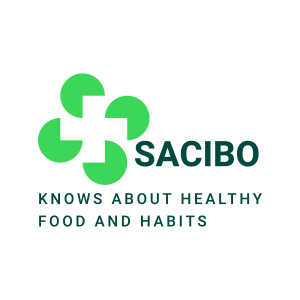








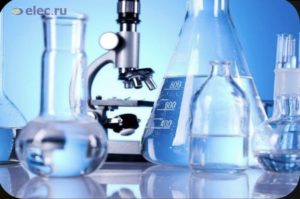



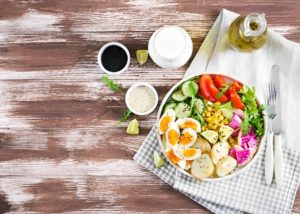



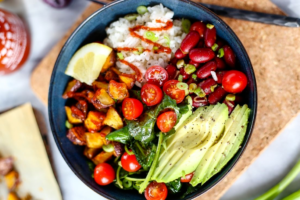






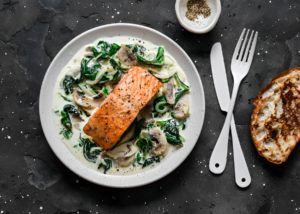

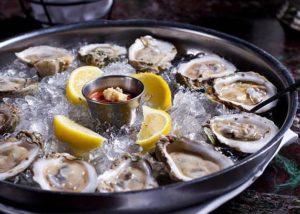

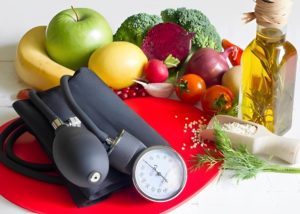



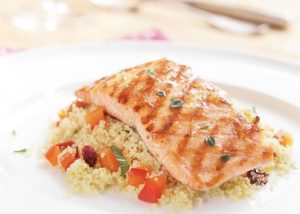







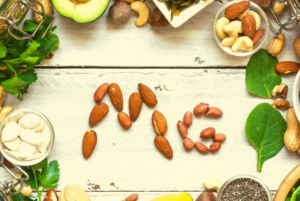





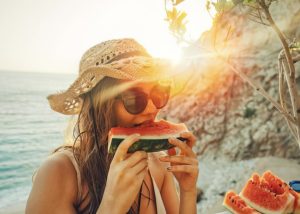
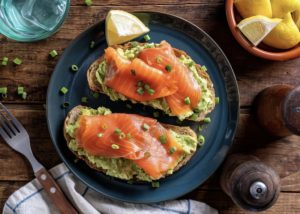
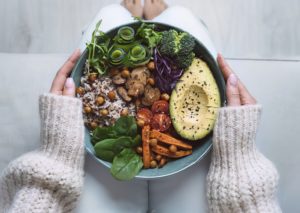


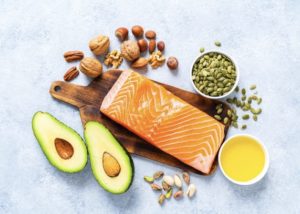








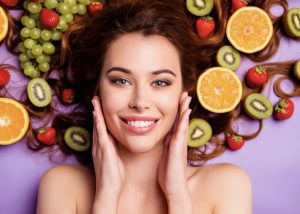

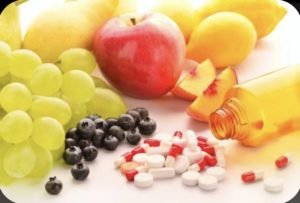

0 Comments